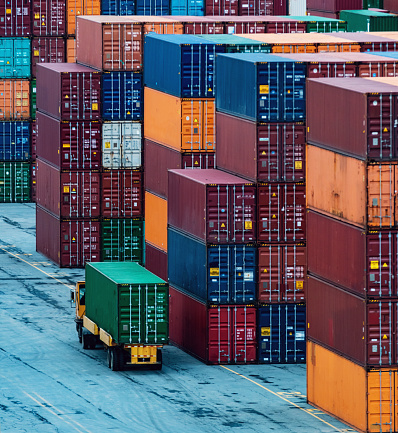Platform Components
The shipping industry plays a major role in facilitating domestic and global trade via the transportation of commodities and finished products. The global economy, in fact, relies on the movement of goods across oceans, in the air, and over railways and highways. This industry consists of four major modes of transport: marine; air; rail; and freight (trucking).

As compared to other industries, the shipping industry has always remained way ahead in grasping the possibilities of data-driven technology. To achieve greater efficiencies and competitive advantage, many shipping companies are already pursuing new, advanced technologies such as IoT, AI, data analytics and blockchain. And with the implementation of new sensors and connection technology, IoT is set to dramatically change the industry for the better.
IoT applications can be deployed throughout the shipping vertical. The OAS Platform is used by several companies to generate mountains of robust data, which can be used to extract insight, trends and predictive patterns. One of the major reasons for implementing IoT in the shipping industry is the escalating popularity of e-commerce giants. As more and more consumers prefer online shopping, parcel volume has increased considerably. For this reason, the shipping industry has demonstrated maturity in embracing the enormous potential of IoT.
New Opportunities via IoT in Shipping
Internet of Things (IoT) can greatly reduce the amount of paperwork, and enable a holistic, real-time, data-analytic management of the entire supply chain. IoT-driven solutions offer new opportunities for shipping providers that move objects by air, sea, rail, and ground. For instance, Cargo Tracking provides data related to the location, security, status, and settlement of cargo for customers, clients, shippers, ports, and landline partners. Similarly, Smart Ports with sensors can collect, process, and analyze real-time data to check the availability of berths, weather, tide, and other information for efficient decision-making.
IoT offers solutions like mobility, asset tracking, ship capacity automation, berthing and loading analytics, and environmental conditions. Also, by installing sensors on the ships and at the docks, it becomes possible to monitor the volume of goods and unloading speeds. The IoT-enabled cranes that lift the heavy containers off the cargo ship and onto a truck can also reveal the health of the equipment. The sensors gather data from motors, control valves, relays, and other moving parts to avoid sudden equipment failure.
